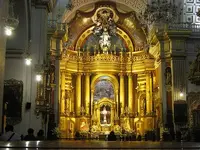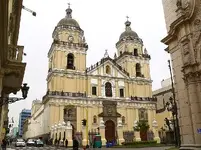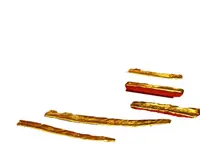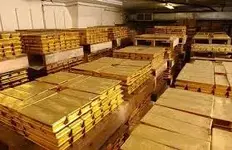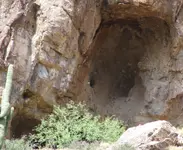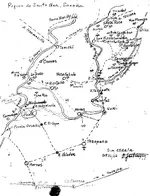On October 21, 1946, the U.S. State Department received a Top Secret report from US Treasury Agent Emerson Bigelow.[8][9] The report, released by the U.S. government finally in 1997, established that Bigelow received reliable information on the matter from the American Office of Strategic Services (OSS) or CIC intelligence officials of the US Army.[10] The document, referred to as the "Bigelow Report", was declassified on December 31, 1996, and released in 1997.
The report asserted that in 1945, the Vatican had confiscated 350 million Swiss francs in Nazi gold for "safekeeping," of which 150 million Swiss francs had been impounded by British authorities at the Austro-Swiss border. The report also stated that the balance of the gold was held in one of the Vatican’s numbered Swiss bank accounts. Intelligence reports, which corroborated the Bigelow Report, also suggested that more than 200 million Swiss francs, a sum largely in gold coins, were eventually transferred to Vatican City or to the Institute for Works of Religion (aka the Vatican Bank), with the assistance of Roman Catholic clergy and the Franciscan Order.[11][12][13]
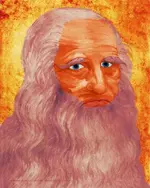



 ??
??

